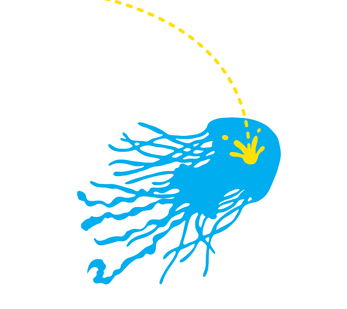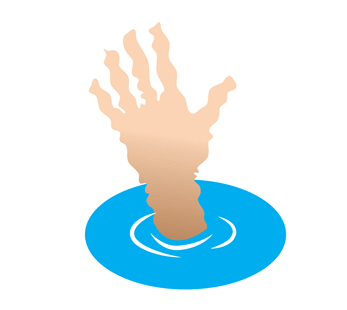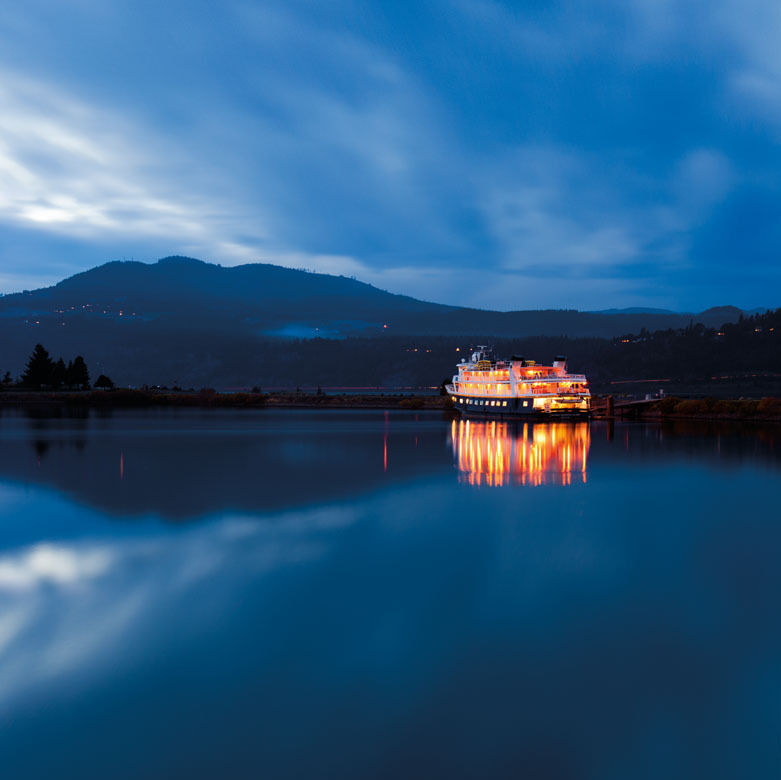H2O IQ

Does peeing on a jellyfish sting really help?
File under gross, but true: urine can help reduce the sting from a jellyfish’s poisonous kiss. But you’ve got to have pretty acidic pee. When jellyfish come into contact with something, stinging cells on their tentacles release a neurotoxin that, while not usually fatal, sure smarts. (Even dead jellyfish release this toxin, so don’t poke ones that wash up on shore, as often happens in Oregon.) “Neurotoxins are complex proteins that can be denatured (unfolded) when exposed to pH extremes,” says William Hanshumaker, Oregon Sea Grant chief scientist at the Hatfield Marine Science Center in Newport. “Ammonia, and to a lesser extent urine, has a high pH and can be used as first aid for stings.” Key word: can. Jay Bowles, a marine biologist at the new Portland Aquarium, notes it neutralizes only milder stings. Instead, try dousing the sting with vinegar or soap and water for relief.

Why does skin wrinkle when wet?
Prune skin. Puckerdermis. Bath body. Whatever you call the wrinkling of waterlogged fingers and toes, we’ve all experienced it. The question is, why? Turns out it’s not—as often believed—because skin swells with water absorption. Instead, the blood vessels contract, creating troughs in the skin. A recent study at Newcastle University theorized the body quirk represents a beneficial evolutionary adaptation: wrinkly fingers make it easier to grip things—like say, a spear—in a wet environment. But PSU associate professor of biology Mitchell Cruzan wonders, if prune skin presents a Darwinian advantage, why competitive swimmers (like his daughter, who spends hours in the pool) eventually lose their wrinkles. Time to suit up for science, Michael Phelps.

The Mystery of the Metolius
The Metolius River is a bit of orphan. It bursts from the ground near Camp Sherman at about 50 feet, a river born practically whole. But from where? Decades of poking, prodding, and precise measuring still haven’t determined the exact source of this Central Oregon jewel. Former University of Oregon professor Michael Manga (now at Berkeley) has come close. In 1996, Manga and his team began measuring the levels of oxygen and hydrogen in the water and comparing them to the chemical structure of nearby snowpacks, looking for similarities. After more than 100 samples of snow and spring, Manga and his team christened snowmelt in the Santiam Pass, more than 30 miles from the spring itself, as the birthplace of the Metolius.

Tom Selleck’s Private Gorge Island
Rumors that Tom Selleck owns an island near Mosier have been circulating for nearly 30 years. Yet we’ve never spied Magnum, P.I., so we did a little private investigation of our own. Known locally as Chicken Charlie Island, Eighteenmile Island—which is visible from I-84—has had only four owners, according to deed records in the Wasco County Clerk Office. None of them named Selleck, Magnum, or Higgins, for that matter. The rumor stems from Selleck’s supposed interest when the island went on the market in the 1980s. Looks like the Gorge will have to keep its Hollywood ties confined to Short Circuit.







